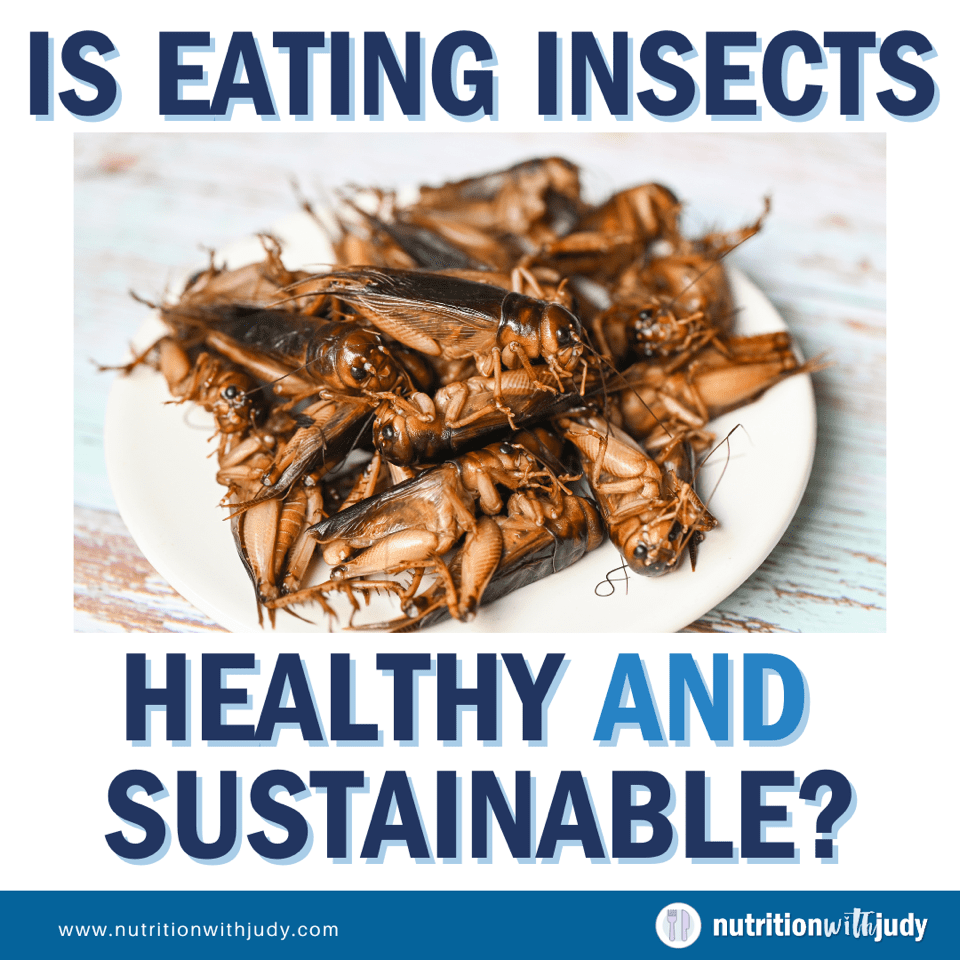

Is Eating Insects Healthy and Sustainable?


Climate change has been a hot topic of discussion with significant efforts from intergovernmental organizations, government bodies, and environmental groups pressing for solutions. One of these “solutions” being proposed is entomophagy. Entomophagy is the practice of eating insects. Historically, humans have eaten insects but only as a survival food. It’s not as common in Western societies but is currently practiced in various ethnic groups in different countries where options and resources are limited. Replacing animal foods with insects for protein consumption has been recommended as a healthy alternative to help save the planet. The United Nations (UN) and World Economic Forum are some of the main organizations pushing this agenda. As we see this push towards eating insects, there are many questions we need to ask– is eating insects healthy and safe? Will this shift really help lower carbon emissions and ultimately the environment? Does replacing meat consumption with insects improve food security?
Before we make a panicked decision in an effort to save the environment, let’s do a deep analysis of all these important pieces so we can better approach this complex issue without unjustified sacrifice.
What Insects Are Edible?
The following is a list of insects that have been deemed edible and can be included in regional recipes from different countries:
- Crickets
- Grasshoppers
- Termites
- Certain ant species
- Bee larvae
- Beetles
- Mealworms
- Certain fly species
- Caterpillars
- Stink bugs
- Giant water bugs
Crickets are the most popular insect variety currently being pushed in the US and other Western societies as a healthy alternative to animal foods. From cricket protein to processed “health foods”, cricket food products are beginning to flood the market. Not only is it being touted as a health food that can help you slow weight gain and save money on expensive grocery bills without sacrificing nutrients, but the global cricket protein powder market size has already been valued at $30.25 million in 2022 and is expected to reach $94.46 million by 2028.
As more and more cricket food products are already on the horizon in the US, let’s take a closer look at how they compare with animal foods when it comes to health risks, nutrition, sustainability, and food security.
Are There Health Risks With Eating Insects?
First and foremost, are there any health risks with eating insects? Here are some of the reasons why eating insects such as crickets can prove problematic for people:
- Allergens: Edible insects are known to contain allergens that impact a certain percentage of the population. Cross-reactivity with crustaceans and inhalant allergens has been reported through the identification of new IgE-binding proteins as well as well-known pan-allergens. That means that if you have a shellfish or house dust mite allergy, there’s a higher chance that you’ll experience an allergic reaction to eating insects.
- Heavy Metals: Insects are known to be high in heavy metals such as mercury, cadmium, arsenic, lead, and other contaminants. Insects are even commonly used as a gauge to study the accumulation and contamination of heavy metals in certain industrial areas. Significant acute and chronic toxic effects from heavy metals can impact various organs, causing several health concerns.
- Chitin Complications: In insects and other arthropods, chitin is the main component of the exoskeleton, digestive system, respiratory lining, and excretory system. The difference is that crustaceans aren’t eaten whole while insects are— therefore when eating insects, there will be complications created by chitin consumption. Chitin can cause allergic reactions, inflammation, and changes in human epithelial cells.
- Parasites and Pathogens: The insect food industry isn’t well regulated, and one of the consequences is parasite contamination. Parasites were detected in 81% of the edible insect farms. In 30% to 35% of cases, the parasites identified were potentially pathogenic for humans and animals. Edible insects are also often infected by pathogens, which can pose an indirect threat to humans and animals.
- Pesticides: A study analyzing chemical hazards in edible insects available for Canadian customers and a study reviewing potential health risks of edible insects in Mexico both found evidence of pesticide contamination. The Canadian study showcased that five out of 34 samples were non-compliant in regards to pesticide content with its country’s regulations. The Mexican study found that wild-harvested insects were contaminated with pesticides, especially insecticides, herbicides, and fungicides.
- Anti-nutrients: One study found that edible insects contain anti-nutrients, including cyanogenic glycoside, phytate, tannins, oxalates, and saponins. Cyanogenic glycoside spontaneously degrades to release highly toxic hydrogenic cyanide (HCN)– dietary cyanide exposure has been linked to several health concerns, including neurological disorders, growth retardation, and acute poisoning. Phytates (phytic acid) and tannins can decrease the absorption of important minerals such as iron, zinc, magnesium, and calcium. High oxalate consumption has been linked to oxalate poisoning, kidney and bladder stones, and other health concerns. High doses of saponin can also cause undesirable symptoms including vomiting, diarrhea, loss of appetite, and manifestations of paralysis.
- Other Concerns: The United Nations Food and Agricultural Organization (FAO) published an overview of the various food safety issues associated with edible insects. In this report, they also detail additional biological food safety hazards, including bacteria, viruses, fungi, chemical hazards, mycotoxins, antimicrobials, and physical hazards. The report also discusses how safety risks are dependent on the species, what environment the insects are collected from, what diet they’re given, as well as the production and processing methods. It also cites significant edible insect health cases, such as histamine poisoning in Thailand and reported cases of botulism in Africa.
If these concerns alone weren’t alarming enough, let’s do an analysis of the nutritional differences between edible insects and animal foods.
Comparing the Nutrition of Edible Insects With Animal Foods
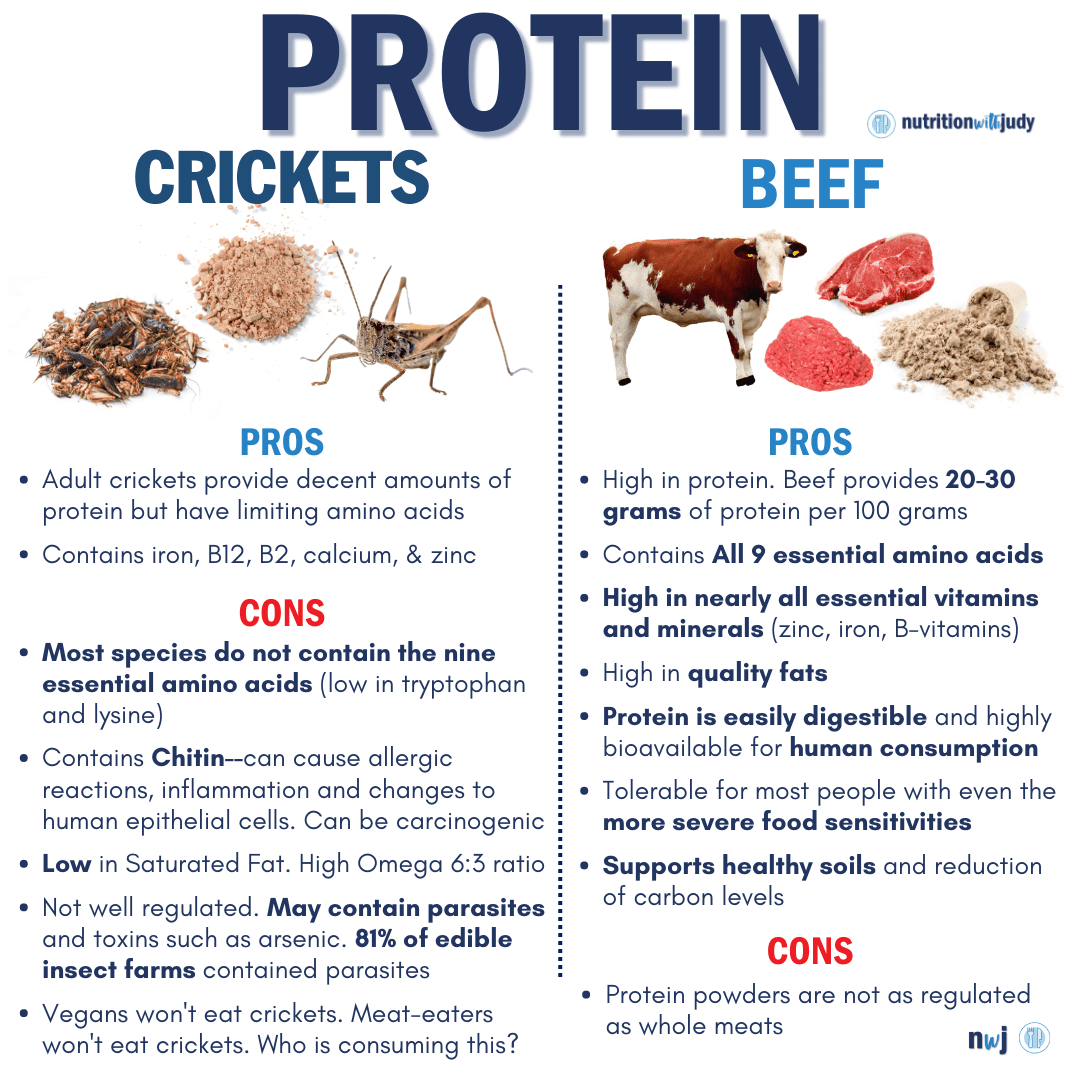

One of the health claims made for insects is that they’re high in protein and also contain important vitamins and minerals. Since crickets are the most popular edible insect in the US and are often promoted due to their iron, B12, and zinc content, let’s compare them with one of the most nutrient-dense, bioavailable animal foods– beef.
- Protein Bioavailability and Quality: Protein is the building block of our bodies and is highly satiating. At first glance, cricket protein appears to be the winner in terms of protein content. Depending on the cricket species, 100 grams of cricket protein contains between 18.6 to 65.35 grams of protein. In contrast, beef provides 20-30 grams of protein per 100 grams depending on the cut. The important caveat here is that crickets have limiting amino acids. Most species don’t contain the nine essential amino acids required for full bioavailability and conversion by the body– they are low in tryptophan. When an essential amino acid isn’t provided in adequate amounts by the source, protein synthesis is limited to the rate at which the essential amino acid is available. That means that while cricket protein may contain a higher rate of protein; since it’s low in tryptophan, it’s far less bioavailable, and the body will only synthesize total protein at the rate at which tryptophan is available. Beef, on the other hand, contains all nine essential amino acids, making it completely bioavailable and a much higher-quality source of protein.
- Vitamins and Minerals: Again, at a superficial level, crickets contain a considerable amount of macro- and micro-minerals such as zinc, iron, calcium, potassium, magnesium, phosphorus, sodium, manganese, and copper. They also seem to be rich in vitamins, including B vitamins as well as vitamins A, C, D, E, and K. However, circling back to the anti-nutrients found in crickets– the phytic acid and tannins compete for minerals, making it much less bioavailable. Especially when comparing crickets to beef, beef is high in nearly all essential vitamins and minerals. The nutritional profile of edible insects varies across species and within the same species as well. This is strongly influenced by the quality of the diet. Insects are what they eat– so what does it mean if they mostly eat poop?
- Fat Quality: Saturated fat has been demonized for some time, but the tides are turning. More and more research is debunking the current dietary recommendations for limiting saturated fat. Saturated fat is essential for many physiological functions ranging from brain functioning to energy and hormone production. Crickets are low in saturated fat and have a high omega 6:3 ratio.
Additionally, beef can be tolerated by most people with even severe food sensitivities– that’s why the carnivore diet has been so powerful for healing and supporting wellness goals. With all this in mind, even if you are a healthy, thriving individual, would you consider incorporating insects into your diet?
If the possibility of helping the environment is reason enough for you to make the switch, let’s evaluate the sustainability claims.
Eat Insects, Save the Planet?
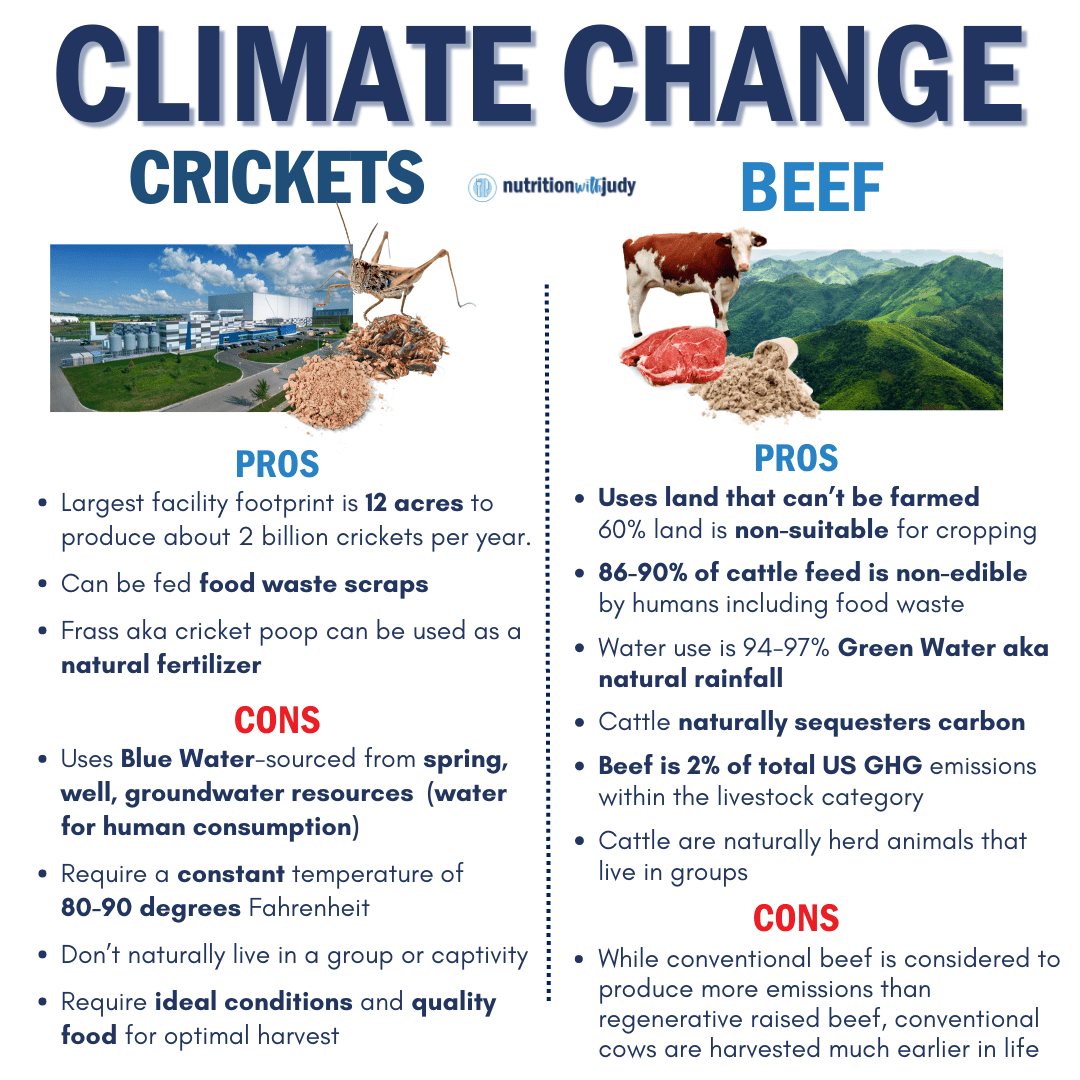

There’s a big push to stop eating animal protein and eat edible insects instead in order to help the environment. This is the main argument used to promote these processed insect food products such as cricket protein. Over the past 50 years, our beef consumption hasn’t changed, yet greenhouse gas (GHG) emissions have steadily risen. According to the EPA, agriculture as a whole (including both livestock and crop farming) accounts for 10% of all GHG emissions in the US.
Are edible insects really an environmentally-friendly solution to climate change that’s sustainable long-term and will effectively move the needle? Most of these arguments are flawed. Here’s why:
The Reality of Edible Cricket Farming
Crickets live one-on-one in nature and not in groups or captivity. While living in captivity, crickets do require less land than cattle, but they require a closed container system– a building. Crickets that are housed together too tightly get stressed and eat one another to create space. Cricket poop is called frass. Frass carries pathogens and tiny worms. Crickets must be kept at a constant temperature of 80-90 degrees Fahrenheit, which requires a lot of energy, particularly in colder climates. While cricket farms may require less total water, the overall water usage is Blue Water sources of surface and groundwater. Blue Water refers to the limited water reserved for human consumption. Typically, crickets aren’t eaten as is. They’re harvested, dried, and milled into a powder, then often added to another processed food source in order to boost the protein content. This entire process requires significant resources for a lesser-quality food source with many potential health risks.
The Reality of Cattle Farming
Not all agricultural land is created equal. Only one-third of agricultural land is suitable for cropping. Cattle can graze on land that can’t be used for crops. Cattle are naturally herd animals, meaning they live in groups. They tolerate colder climates well without human intervention. The water usage for cattle is mostly Green Water sourced from rainfall, requiring no additional human intervention or reliance on Blue Water sources. 94% of water allocated to beef production is natural rainfall. Cattle are also natural sequesters of carbon, meaning they play an important role in the carbon cycle and reduce the carbon footprint. According to the EPA, beef cattle only represent 2.4% of GHG emissions in the US in 2021. Cattle farming is needed to support healthy soil levels, especially with regenerative agriculture models. Regenerative agriculture integrates livestock, intercropping, and agroforestry in order to improve soil composition, deliver high-quality foods, restore lost biodiversity, and reduce GHG emissions. White Oak Pastures is an example of a regenerative farm.
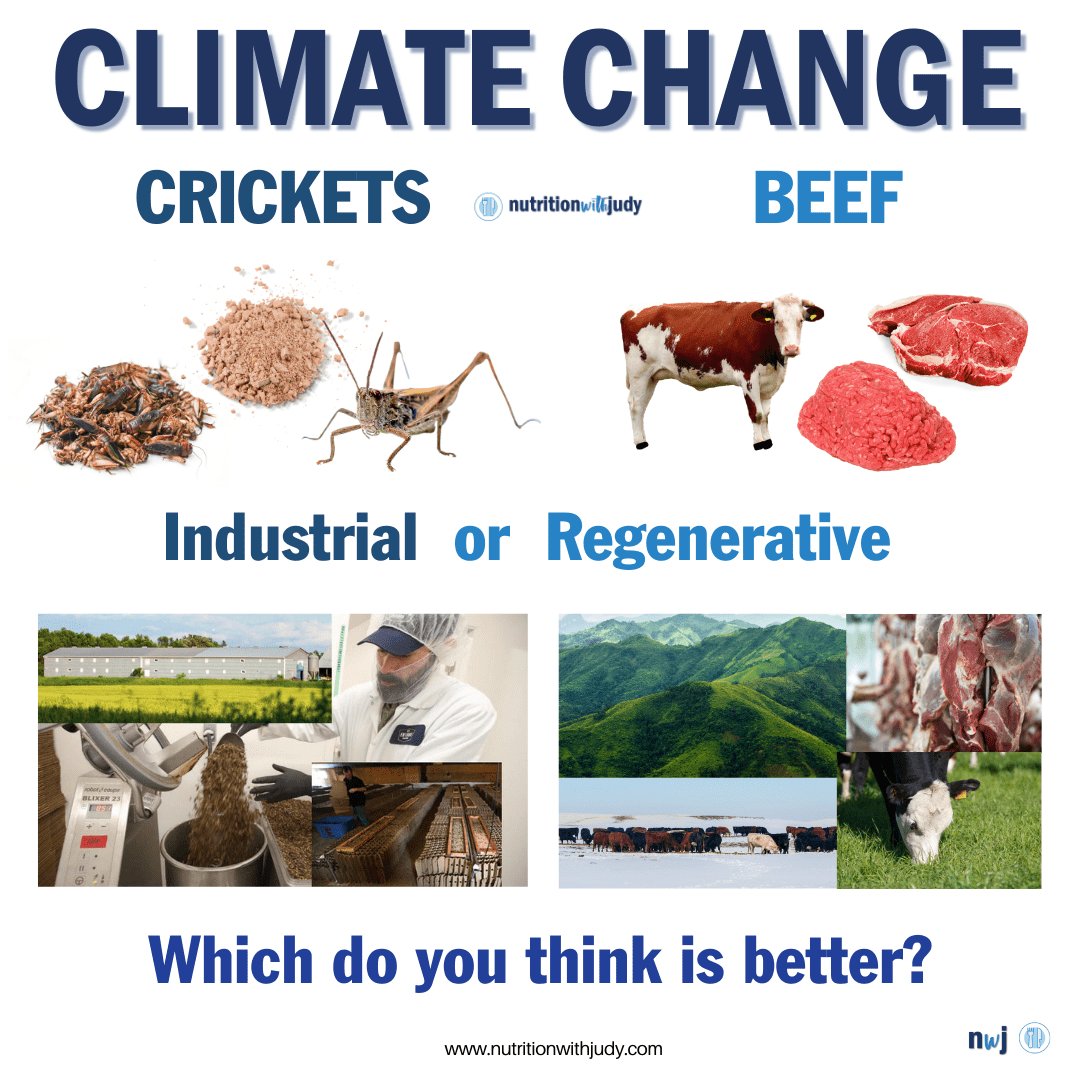
Closing Thoughts On Edible Insects
So, we’ve determined that edible insects aren’t a good alternative to animal foods, come with significant health risks, and require more energy and resources to produce when compared with livestock agriculture. In terms of food security, would you consider security based on quantity or quality? Unless you’re eating a mostly carnivore diet, most foods today lack the quality macro- and micro-nutrients necessary for human flourishing. Edible insects are no exception and lack these nutrients too, making them a poor option for food security.
Even the UN, which has been vocal about eating insects in the past, has recently released reports on the potential safety issues with edible insects and how meat, eggs, and milk are essential sources of nutrients.
How about the cost? Entomo Farms offers a one-pound bag of organic cricket protein powder for $50.50. Now Sports offers a one-pound container of organic whey protein powder for $28.94, and there are even less-expensive whey protein options. Even better, one pound of ground beef costs an average of $5.08 in the US.
Save money. Eat nutrient-dense, bioavailable meats that nourish your body and don’t risk making you sick. And you can save the planet. Seems like we’ve already got a win-win solution.
Work With Our Trusted Carnivore Diet Functional Nutritional Therapy Practitioners
The Nutrition with Judy practice is honored to be a trusted carnivore diet practitioner support serving clients from around the globe. We’re passionate about helping our clients achieve root-cause healing in order to lead the best quality of life possible that’s nearly symptom-free. Our team is dedicated to educating our community about the incredible benefits of the carnivore diet. We welcome you to explore our free resources and are always available to support you through personalized protocols. Our Symptom Burden Assessment (SBA) is the perfect starting point for discovering your root cause and is required to work with our team— you can learn more in-depth about this powerful tool here.
Start your root-cause healing journey today and contact us any time with any questions or concerns.
DISCLAIMER: This content is for educational purposes only. While we are board-certified in holistic nutrition and are nutritional therapy practitioners, we are not providing medical advice. Whenever you start a new diet or protocol, always consult with your trusted practitioner first.


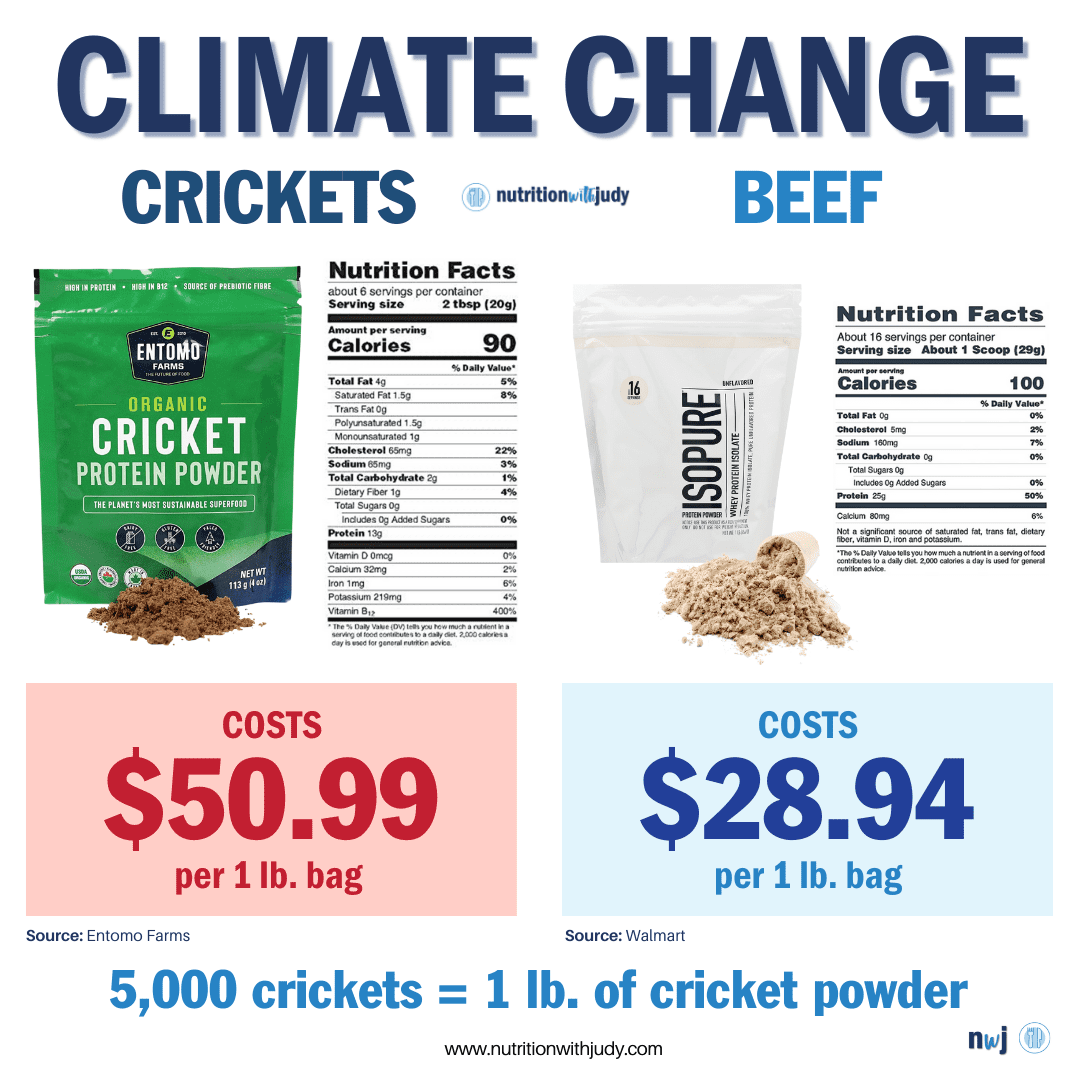
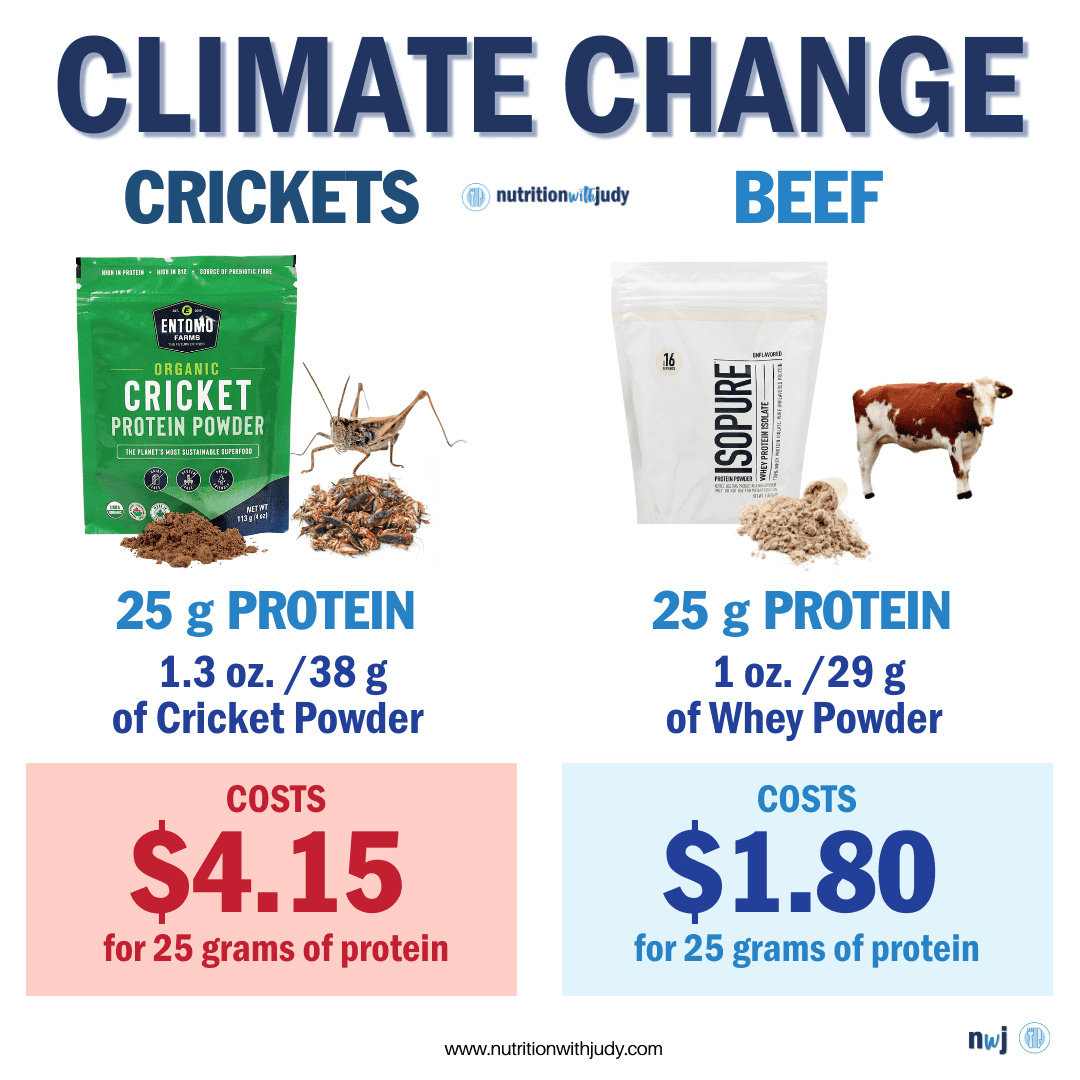
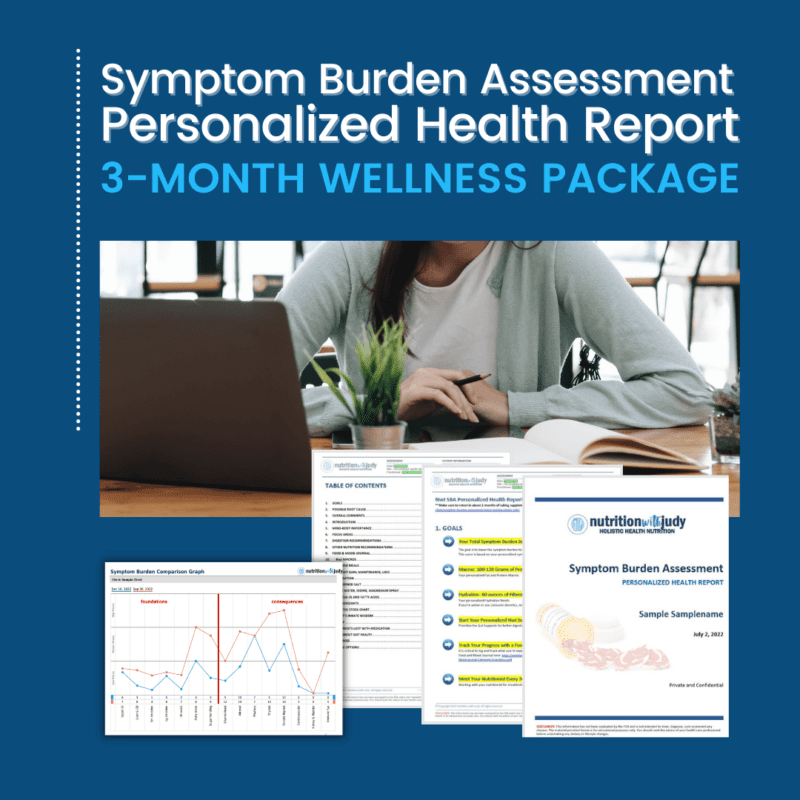
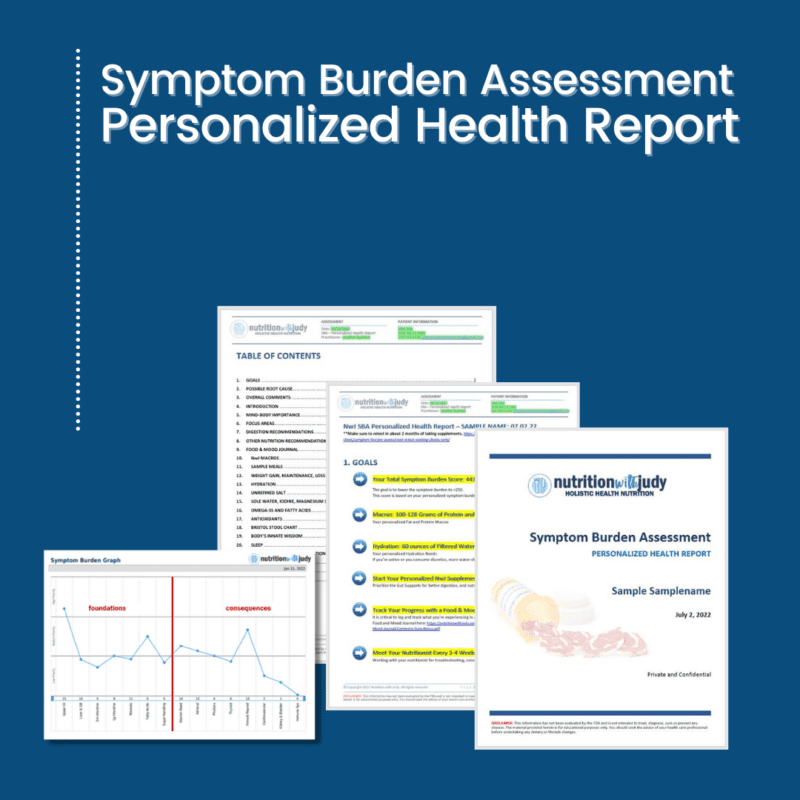
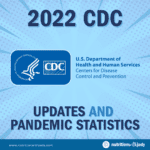

Amy Brecheisen
November 15, 2023 at 9:28 pmThanks for this deep-dive into crickets vs beef. Seems like more of a risk to eat crickets than any/many benefits.